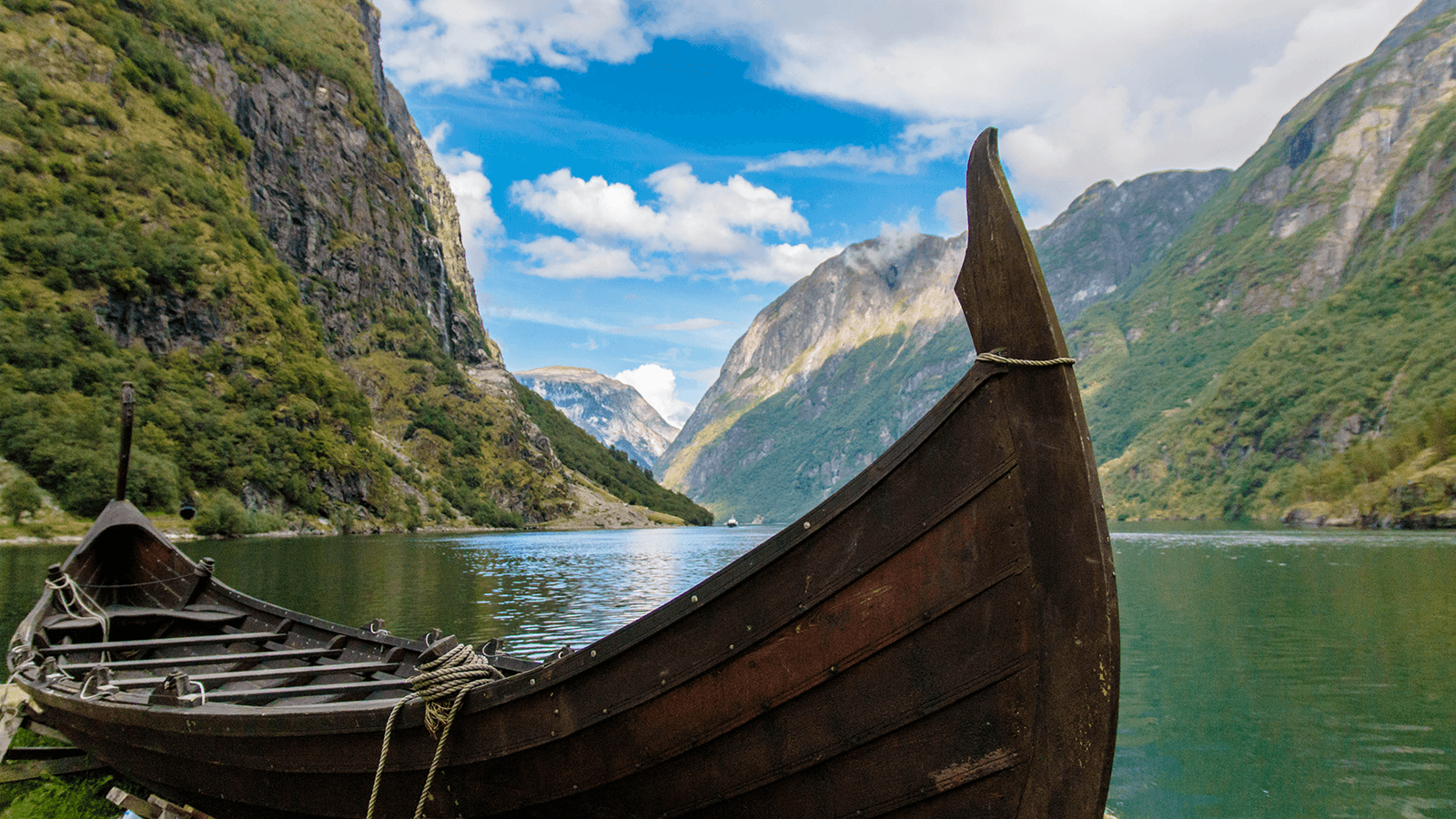This August, we’re adding 23 new historical individuals whose genomes were studied as part of a large-scale investigation into one of Europe’s most iconic eras—the Viking Age (800–1050 CE).
What is a Viking?
The term Vikings refers to seafaring people from Scandinavia (present-day Denmark, Sweden, and Norway) who lived between the late 8th and late 11th centuries. Renowned for their sailing skills and distinctive longships, Vikings traveled widely—raiding, trading, and settling far beyond their homelands. Their influence stretched from the North Atlantic and Baltic Sea to the Mediterranean, North Africa, the Middle East, and even as far as North America.
This period of exploration and expansion left lasting cultural and genetic legacies across Europe and beyond, which scientists can now explore through ancient DNA.
Studying the Genetics of the Viking Age
In 2020, researchers sequenced the genomes of 442 individuals from archaeological sites across Europe and Greenland dating to, or around, the Viking Age. The results revealed that Viking populations were genetically diverse and spread their ancestries into many regions. For example, the study found evidence of:
- Danish-like ancestry moving into England
- Swedish-like ancestry reaching the Balkans
- Norwegian-like ancestry influencing Ireland, Iceland, and Greenland
Meet Some of the Newly Added Individuals
The 23 historical individuals we’re adding this month come from eight archaeological sites that span the wide geographic range touched by Vikings. Highlights include:
- A 10th-century ship burial on Tomme Island, Norway. Excavated in 1910, this large earthen mound overlooked a natural harbor and contained a mid-10th century ship, the remains of two individuals, and rich grave goods, including weapons and jewelry.
- The Salme ship burials, Saaremaa, Estonia. First discovered in 2008 during construction work, the site revealed two ship burials. The first contained seven individuals; the second, 34. These burials likely held warrior-seafarers who died in an armed conflict during the Vendel Period (8th century), which directly preceded the Viking Age.
- An Icelandic church buried under volcanic ash. Archaeologists uncovered a mid-10th century hall, an associated cemetery, and a church in southern Iceland. Based on volcanic ash layers from eruptions of Katla volcano, all individuals buried here died before 1300 CE, when the site was completely covered.
And more!
Learn more
Want to see if you share a genetic connection with these newly added Viking Age individuals—or hundreds of other historical people? The Historical MatchesSM feature is available to 23andMe+ Premium™ members.




